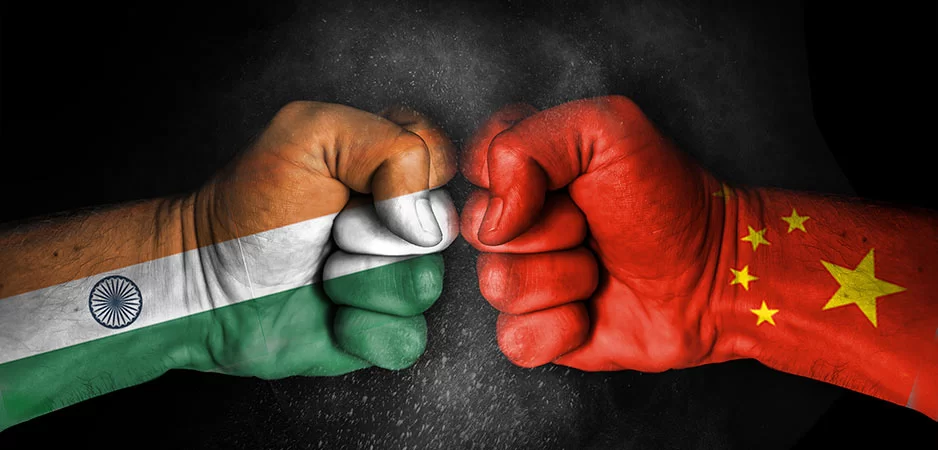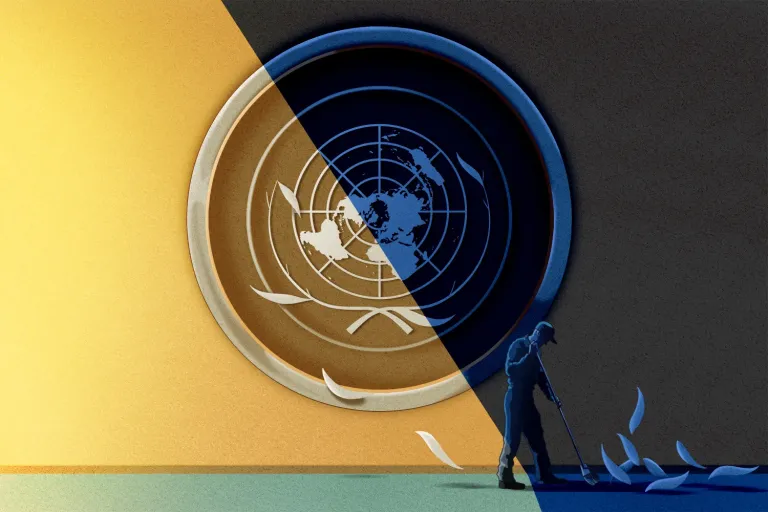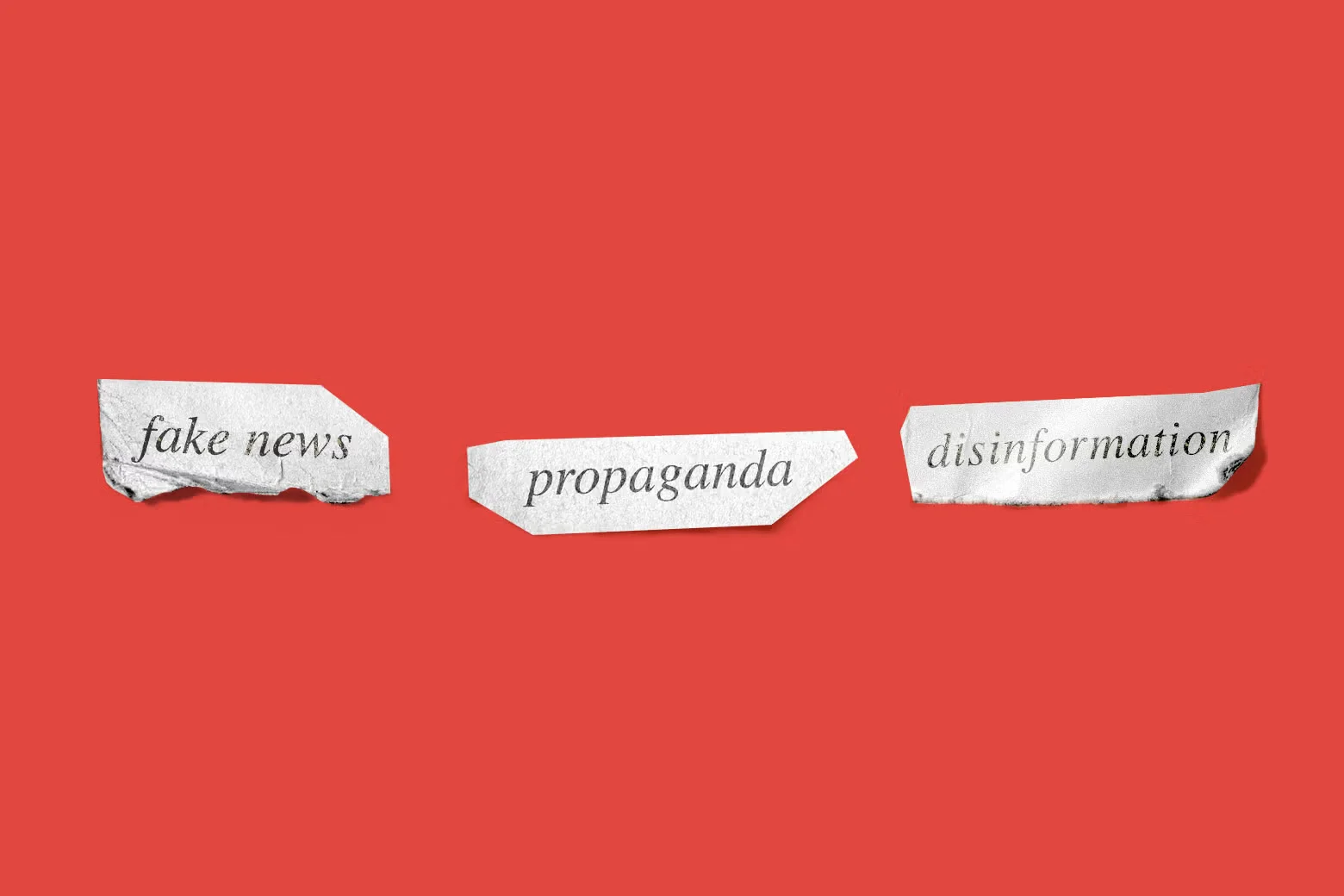The clash between India and China last week was the worst in the last 45 years. India’s economic realities of a war with China could lead to devastating economic repercussions for both countries. Economic ties between the two countries stand at around 86 billion dollars. With China India’s second-largest trade partner and Chinese imports at present stand at 70.3 billion dollars. From social media, telecom, mobile industry, startups to pharma industry Chinese firms run deep into the Indian economy. Beijing has up till now grabbed around three- fourths of New Delhi’s mobile industry and supplied over 75% of its power sector equipment. India’s bulk drug industry and intermediaries of around 68% come directly from China.
India’s economic realities of war with China
Moreover, Chinese investors have invested more than 4 billion dollars in the Indian startup industry with 18 of India’s 30 unicorns (A unicorn is a privately held startup company valued at over $1 billion) are Chinese-funded. Another strategic advantage that China holds is her consumption-based growing domestic market. Many speculate that in 2020 China will become the largest consumer market in the world with consumption standing at 5 trillion dollars. It has leapfrogged its consumption capacities in many consumer categories. With more than a billion consumers, surely China remains one of the top destinations for global MNCs to invest. Hence, New Delhi will find a hard time boycotting Beijing economically. China supplies crucial inputs for many important sectors in India.
A small example may include that almost 70% of all APIs in the pharma industry for India come from China. A minute disruption in the supply chain would cause a loss of around 39 billion dollars to the Indian pharma industry. India directly imports around 27% of the components from China directly. Another pertinent example is the auto industry, where In the electronic industry. India’s dependence on China is as high as 43%, meanwhile, in the garments and textile industry, the dependence stands at 27%. Moreover, China supplies 78% of solar equipment to India. Which in turn has increased her capacity from 3000 MW in 2015 to 38000 MW? Further, the cost to produce has also been reduced to RS3 from RS 7 in 2015.
Conclusion
Hence, shifting these supply chains towards other ASEAN countries may not help. As other countries may start to import more from China to fulfill India’s growing demand. Thus, a real economic war with China would cause havoc to the Indian economy at large. Conclusively, starting a war on the economic front may seem profitable only for the peanut gallery audience.






